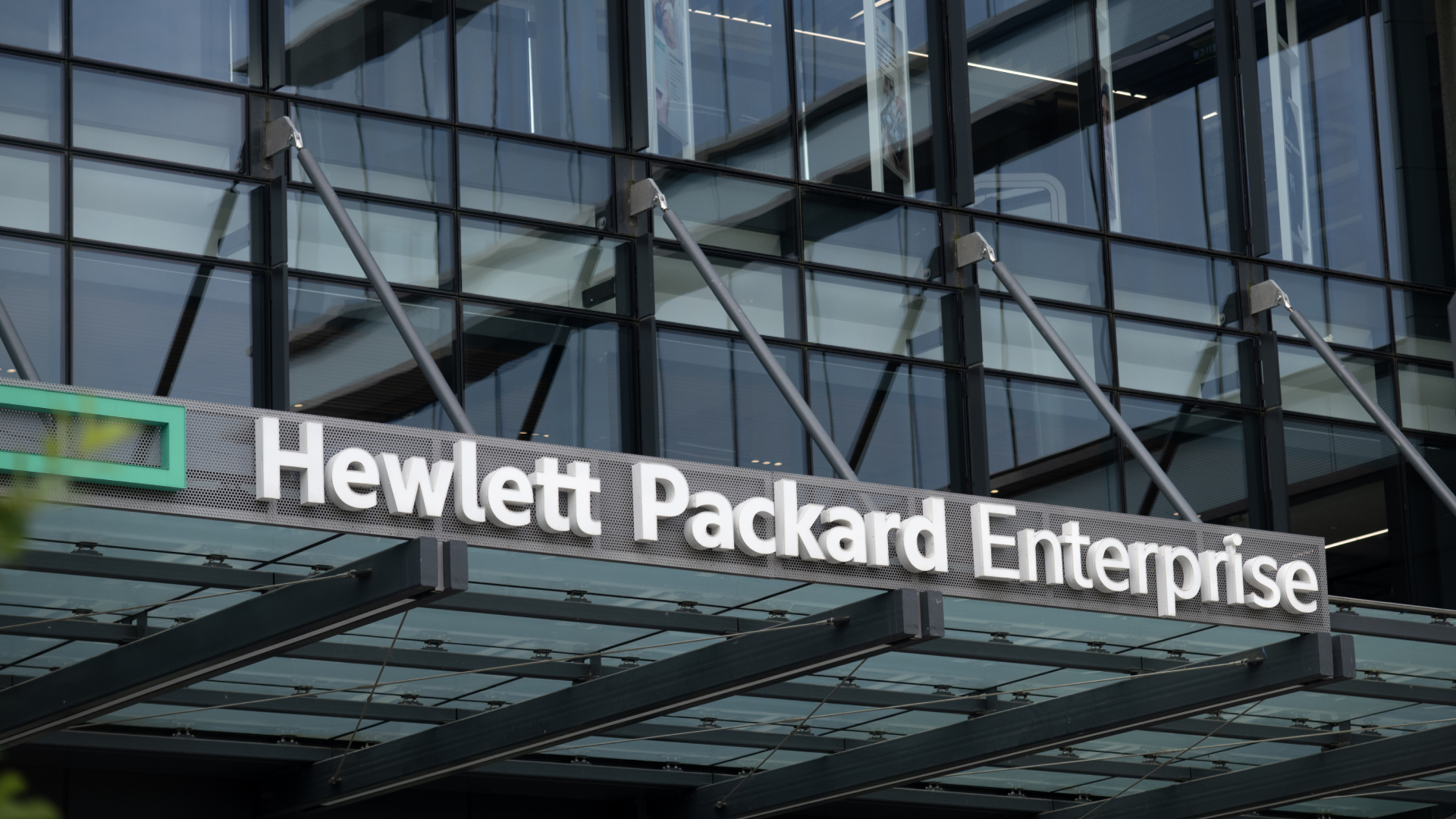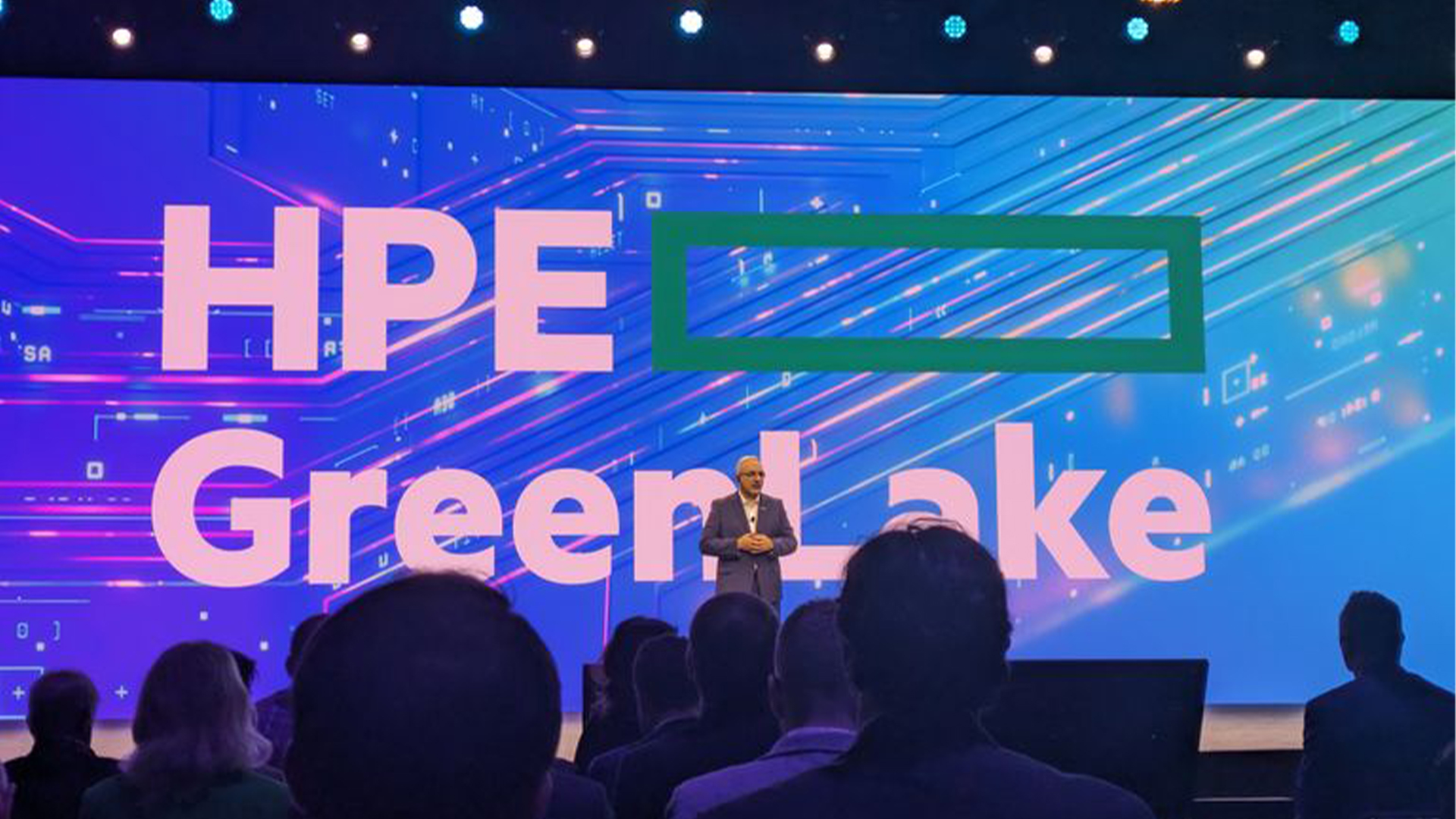Expectations vs execution: managing your cloud
The reality of cloud doesn’t always match the promise, but with the right management and tools it could

The promise and allure of cloud computing has always rested in its potential to lower costs, reduce management burdens, make organisations more resilient and allow them to innovate and scale-out faster. All too often, the reality is different. Organisations have found that cloud has ramped up the complexity of their operations without bringing in the promised benefits. Where costs should have been reduced, they’ve crept upwards or risen out of control. Rather than make IT easier to manage, cloud has reduced visibility and added to the challenges of managing the whole estate.
To be clear, this isn’t the case for all organisations; many cloud initiatives have been successful. Yet many businesses and institutions have found that their journey to the cloud has been more complex, expensive and slow-moving than expected. The 2019 Rightscale State of the Cloud Report found that while cloud users estimated that 27% of their cloud spend was going to waste, the report measured actual waste at 35%, with an over-reliance on public cloud services and a lack of visibility working to drive costs up.
Complexity and missed opportunities
There are several key factors at play here. Firstly, complexity. It’s one thing to run a handful of apps in a private or public cloud, but a growing number of organisations are looking for the flexibility of a hybrid cloud strategy, running different applications across a mix of on-premise infrastructure, private and public cloud.
This means managing a range of different architectures within the same estate, while the applications themselves can create management challenges, with different dependencies, data footprints and requirements. Juggling multiple platforms from multiple vendors can leave organisations without consistent tools to manage them, and with data falling into siloes rather than becoming more accessible across the different clouds.
What’s more, organisations can find themselves struggling to balance performance with security, resulting in apps that don’t scale or deliver a good user experience, or the risk of a breach further down the line. Meanwhile, a shortage of specialist talent can result in applications that don’t perform as expected and aren’t reliable – and a team that can’t respond in a crisis, turning minor issues into failures.
A recent advisory from KPMG is particularly damning, suggesting that where hybrid cloud is meant to improve availability and resiliency, it often results in longer outages, and where it should enhance agility and innovation, it often restricts them and prolongs development timelines.
A better way to manage cloud
These issues aren’t a failure of the cloud, but the result of shortfalls in strategy, management and execution. Managing hybrid clouds is a complex business, and what helps most of all is having the right tools and resources for the job.
That’s why, with HPE Greenlake, Hewlett Packard Enterprise has built a hybrid, multi-cloud platform that spreads the benefits of cloud throughout the estate, while doubling down on simplified management. With Greenlake, you can run all your IT on an ‘everything as a service’ model, reducing the complexity and work of running operations, giving you more space to optimise and innovate.
Key to this is Greenlake Central – a streamlined, unified portal that covers everything, whether on-premise, private cloud or public cloud, or even based on the edge. There’s a single dashboard to manage all your storage and compute resources, along with virtual machines, containers and application workloads.
With help from intelligent automation, you have the tools you need to provision infrastructure for new workloads, allocating the right compute and storage resources, and scaling up if you need more with a click. And because it all runs on a pay-as-you-go model, there’s no need to worry about overprovisioning or underutilisation. When organisations want to develop and release new applications, they can code, test and deploy at higher speeds.
Greenlake Central also has an advantage over many cloud management tools in that it takes a role based approach, where the portal foregrounds a different set of tools depending on your job and its requirements. Developers get a simple, self-service way to provision the infrastructure they need to code and launch new services and apps, while CIOs can operate as a service broker, monitoring and managing services and tracking KPIs, including security, capacity and cost. The built-in marketplace allows both devs and CIOs to select applications from HPE and the biggest names in cloud.
If your focus is on finance, you get the tools you need to track cloud spend across the whole organisation, while teams working on security, legal and compliance issues have a dashboard and over 150 controls to monitor compliance and identify risks.
Yet what might be Greenlake’s most important feature is that it makes it easier to manage, monitor and move workloads between different clouds. Greenlake can encompass services from Microsoft Azure, Amazon Web Services, Citrix, Google, VMWare and a range of smaller players. There are tools to move workloads from one platform to another, and you can compare different cost, performance, security and governance metrics, to help you make the best choice on where to migrate or deploy each workload.
Some organisations might have the in-house skills to deliver this kind of self-service provisioning, management and automation, but the fact is that many don’t. The Rightscale 2019 State of the Cloud Report found that a lack of resources and expertise was one of the biggest cloud challenges for 79% of enterprises and 78% of SMBs.
Tools like Greenlake Central make it possible to adopt the latest technology even when you don’t have access to specialist skills, while cutting down the complexity that gets in the way of managing it all. With these tools in your toolbox you can start reducing costs, shifting burdens and exploring the full potential of cloud.
Get the ITPro daily newsletter
Sign up today and you will receive a free copy of our Future Focus 2025 report - the leading guidance on AI, cybersecurity and other IT challenges as per 700+ senior executives
ITPro is a global business technology website providing the latest news, analysis, and business insight for IT decision-makers. Whether it's cyber security, cloud computing, IT infrastructure, or business strategy, we aim to equip leaders with the data they need to make informed IT investments.
For regular updates delivered to your inbox and social feeds, be sure to sign up to our daily newsletter and follow on us LinkedIn and Twitter.
-
 Asus ZenScreen Fold OLED MQ17QH review
Asus ZenScreen Fold OLED MQ17QH reviewReviews A stunning foldable 17.3in OLED display – but it's too expensive to be anything more than a thrilling tech demo
By Sasha Muller
-
 How the UK MoJ achieved secure networks for prisons and offices with Palo Alto Networks
How the UK MoJ achieved secure networks for prisons and offices with Palo Alto NetworksCase study Adopting zero trust is a necessity when your own users are trying to launch cyber attacks
By Rory Bathgate
-
 HPE announces VM Essentials – the VMWare competitor that isn’t
HPE announces VM Essentials – the VMWare competitor that isn’tNews Execs at HPE Discover acknowledge Broadcom issues, but deny they’re in competition
By Jane McCallion
-
 Barclays extends HPE GreenLake contract amid “significant acceleration” of hybrid cloud strategy
Barclays extends HPE GreenLake contract amid “significant acceleration” of hybrid cloud strategyNews The pair will step up their collaboration to drive private cloud efficiencies using AI and other new technologies
By Daniel Todd
-
 'Catastrophic' cloud outages are keeping IT leaders up at night – is it time for businesses to rethink dependence?
'Catastrophic' cloud outages are keeping IT leaders up at night – is it time for businesses to rethink dependence?News The costs associated with cloud outages are rising steadily, prompting a major rethink on cloud strategies at enterprises globally
By Solomon Klappholz
-
 Scottish data center provider teams up with HPE to unveil National Cloud – a UK sovereign cloud service for large enterprises, tech startups, and public sector organizations
Scottish data center provider teams up with HPE to unveil National Cloud – a UK sovereign cloud service for large enterprises, tech startups, and public sector organizationsNews The DataVita National Cloud service is aimed at customers with complex workloads, addressing compliance and security concerns for public services and regulated industries
By Emma Woollacott
-
 HPE eyes ‘major leap’ for GreenLake with Morpheus Data acquisition
HPE eyes ‘major leap’ for GreenLake with Morpheus Data acquisitionNews HPE will integrate Morpheus’ hybrid cloud management technology to ‘future-proof’ its GreenLake platform
By Daniel Todd
-
 HPE Discover 2024 live: All the news and updates as they happened
HPE Discover 2024 live: All the news and updates as they happenedLive Blog HPE Discover 2024 is a wrap – here's everything we learned in Las Vegas this year
By Jane McCallion
-
 Four things to look out for at HPE Discover 2024
Four things to look out for at HPE Discover 2024Analysis HPE Discover 2024 is taking place at the Venetian in Las Vegas from 18-19 June. Here are some ideas of what we can expect to see at the show
By Jane McCallion
-
 HPE GreenLake gets a slew of new storage features
HPE GreenLake gets a slew of new storage featuresNews The additions to HPE GreenLake will help businesses simplify how they optimize storage, data, and workloads, the company suggests
By Jane McCallion
